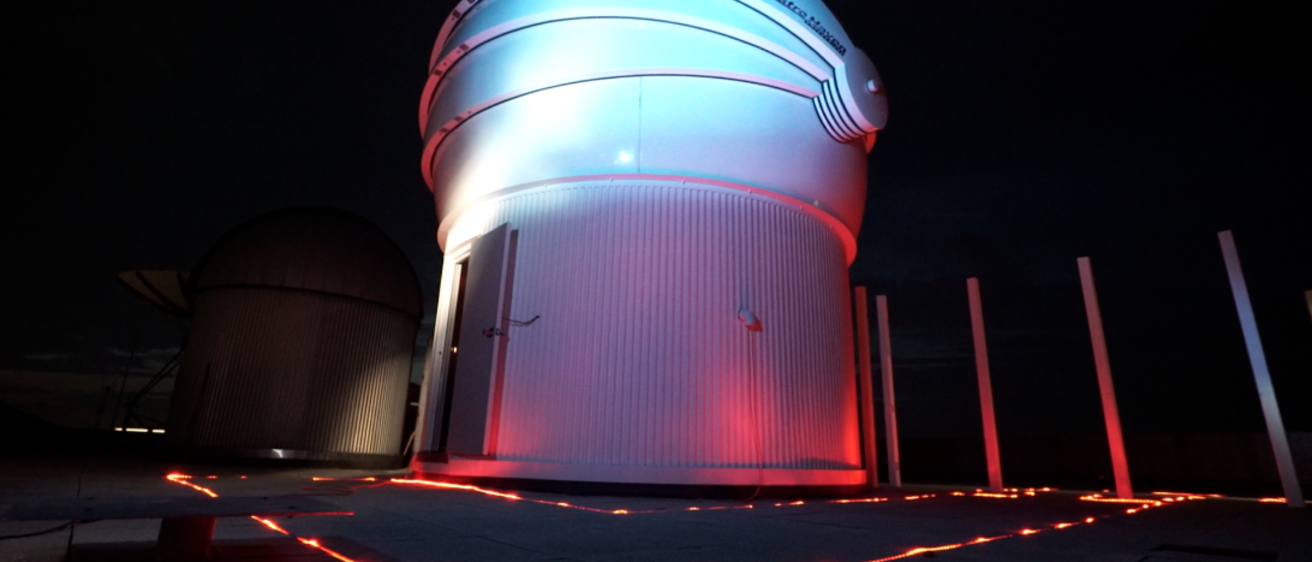
Breadcrumb
- Home
- Labs
- Foundational Labs
- Image Analysis II - Animation and Stacking
- Pre-Lab Quiz: Observing Obscuria
Pre-Lab Quiz: Observing Obscuria
Discuss each question with your team. Be prepared to explain the reasoning behind your team's answers after the quiz.
- Order the following colors from longest wavelength to shortest wavelength: green, red, blue, violet, yellow.
- When will a given object be at its greatest altitude in the sky relative to wherever you are observing it?
- When it reaches the zenith
- When it crosses the local meridian
- When its right ascension is at 12 hours
- At midnight
- Why don’t planets, asteroids, and comets have the same location on the celestial sphere (i.e. same RA and Declination) all year?
- When looking at objects in the night sky, which direction has the least amount of interference from the atmosphere?
- Toward the Horizon, facing South
- Toward the Horizon, facing North
- Facing east, away from the Sunset
- Straight up toward the zenith